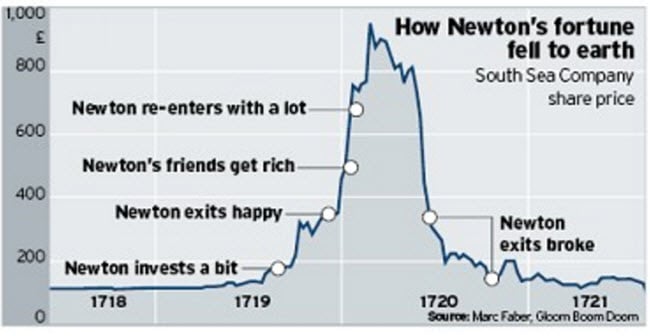John Hussman’s presents a message no one wants to hear because nearly everyone is too busy believing for the third time in 17 years that “It’s different this time”.
Last week Hussman wrote about Valuations, Sufficient Statistics, and Breathtaking Risks. This week it’s more of the same with his post Behind the Potemkin Village.
The markets are so overvalued now that Hussman expects a 60% decline from here.
There’s an apocryphal story that in 1787, during the journey of Empress Catherine II to Crimea, Prince Grigory Potemkin, the governor of the region, erected fabricated villages along the Dnieper River, which would be disassembled after she passed by, and rebuilt again downstream overnight.
When one examines the collapses of the tech bubble and the housing bubble, it’s evident that one of the central elements of those collapses was the gradual recognition by investors that the overvalued pieces of paper they were holding were actually little Potemkin Villages; temporarily glorious and impressive on the surface, but backed by much less than investors had imagined was there. What sort of “catalyst” is needed for a Potemkin Village or a Ponzi scheme to disappoint? Only the gradual or sudden discovery of the reality behind it: the recognition that there is no “there” there.
Market returns don’t just emerge from nowhere. They are driven by the sum of three factors: growth in fundamentals, income from cash distributions, and changes in valuations (the ratio of prices to fundamentals). For example, the 10% annual total return of the S&P 500 since 1960 also derives from growth in S&P 500 revenues averaging 5.7% annually since the 2000 peak, dividend income averaging about 3.0% annually, and a much steeper increase in the S&P 500 price/revenue ratio contributing 1.3% annually (taking the current price/revenue multiple to the same level observed at the 2000 market peak).
…click on the above link to read the rest of the article…




















 The gaggle of price-fixers the job of which is to regularly falsify one of the most important price signals in the economy. The idea that the economy can be “improved” by the interventions of a handful of people who have zero practical economic experience and rely on extremely dubious theories to guide their decisions is downright bizarre. Who can possibly believe that this works? It is a huge farce – one that is very dangerous for prosperity and economic progress.
The gaggle of price-fixers the job of which is to regularly falsify one of the most important price signals in the economy. The idea that the economy can be “improved” by the interventions of a handful of people who have zero practical economic experience and rely on extremely dubious theories to guide their decisions is downright bizarre. Who can possibly believe that this works? It is a huge farce – one that is very dangerous for prosperity and economic progress.
